Whenever someone sees a giant dog calmly walking beside its owner, the classic question always comes up:
“Wow, how did they manage to train a dog that big?”
And I’ll admit — I’ve wondered the same thing. Let’s be honest, taking care of a big dog seems like a challenge — they take up more space, eat more, bark louder… and if they decide to pull on the leash, you’re going along for the ride!
But is training large dogs really harder than training smaller ones? After a lot of research, conversations with dog trainers, and some personal experience, I can say: not necessarily.
And here’s why.
Big Size, But Not Big Trouble
What a lot of people forget is that a dog’s size doesn’t determine how easy or difficult they are to train.
What really matters is the breed’s temperament, how much stimulation they get from an early age, and — most importantly — the patience and consistency of the owner.
I’ve seen massive, perfectly behaved Golden Retrievers and tiny 3-kg Chihuahuas completely out of control. So yes, size might impress, but when it comes to training, it’s the bond and communication that count.
Why Does It Feel Harder?
The reason training large dogs seems more difficult often comes down to the consequences of mistakes.
If a Yorkie jumps on guests, it’s cute or mildly annoying. But if a 70 kg (150 lb) Great Dane jumps, someone might hit the floor!
In other words, mistakes have a bigger impact when the dog is bigger, which naturally causes more concern (and rightly so).
That’s why most experts recommend starting training early, while the dog is still a puppy — even if that “puppy” already weighs 20 kg at four months old 😅.
In Favor of the Giants: Smart and Eager to Please
One thing I’ve learned over time is that many large dogs are incredibly smart and actually easier to train than people think.
Breeds like the German Shepherd, Labrador Retriever, Boxer, and even the Great Dane are known for being highly intelligent and eager to please.
They love having a “job,” learning commands, and interacting. With the right kind of stimulation, they can learn anything from basic obedience to advanced tricks and behavior control in public spaces.
Positive Training Works Wonders (Even With Giants!)
I’ve heard people say things like: “With big dogs, you have to be firm. They need to know who’s boss!” But honestly… that’s not the best approach.
Positive reinforcement training — rewarding good behavior with treats, praise, or toys — works amazingly well with large dogs.
They learn faster, stay more motivated, and build a stronger, trust-based relationship with their humans.
The real magic lies in consistency, patience, and repetition. Yelling, forcing, or using harsh methods only slows progress and damages trust.
My Experience With Thor
I had a Rottweiler named Thor, and he was the calmest, most obedient dog I’ve ever had. I started training him at 3 months old using simple commands and positive reinforcement.
Over time, he learned to sit, wait for his food, avoid jumping on people, and even give his paw just by hand signal. The secret? Short, daily training sessions — and lots of love.
People were always scared of him at first because of his size, but those who knew him saw a giant teddy bear who just wanted to be loved.
Final Thoughts: Not Harder, Just More Important
Training a large dog isn’t more difficult, but it is more important. That’s because the consequences of bad behavior are bigger.
With love, consistency, and proper techniques, any dog — whether a Saint Bernard or a tiny Pomeranian — can learn how to live peacefully with people and other animals.
So, if you have (or dream of having) a gentle giant at home, don’t be intimidated by their size. With the right guidance, they might just become the most polite and affectionate dog you’ve ever had.
And seriously… when a 60 kg dog obeys your “sit” command with that big, goofy smile? It’s impossible not to melt. 🐾💙

